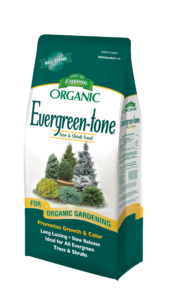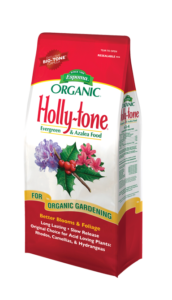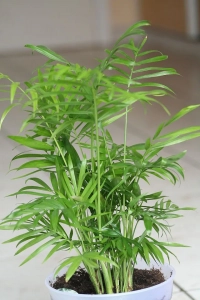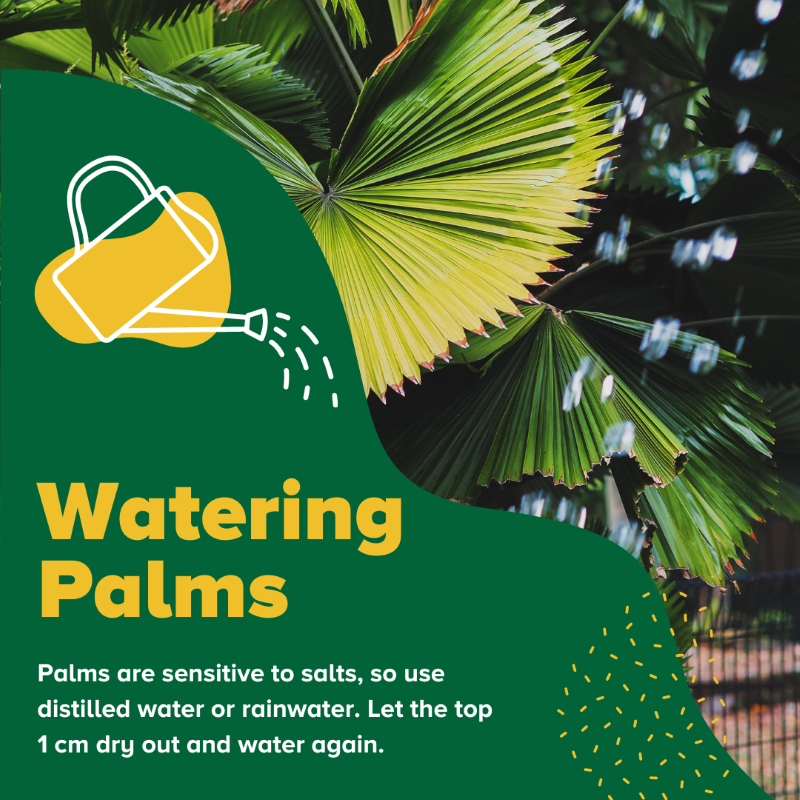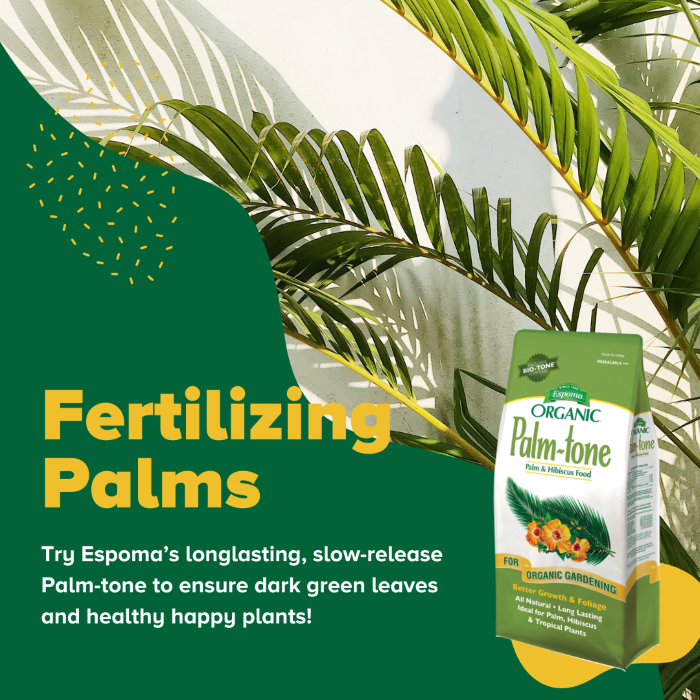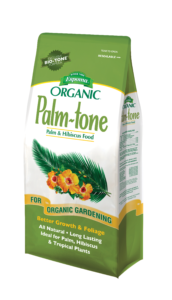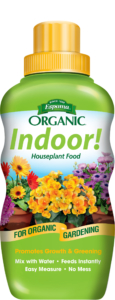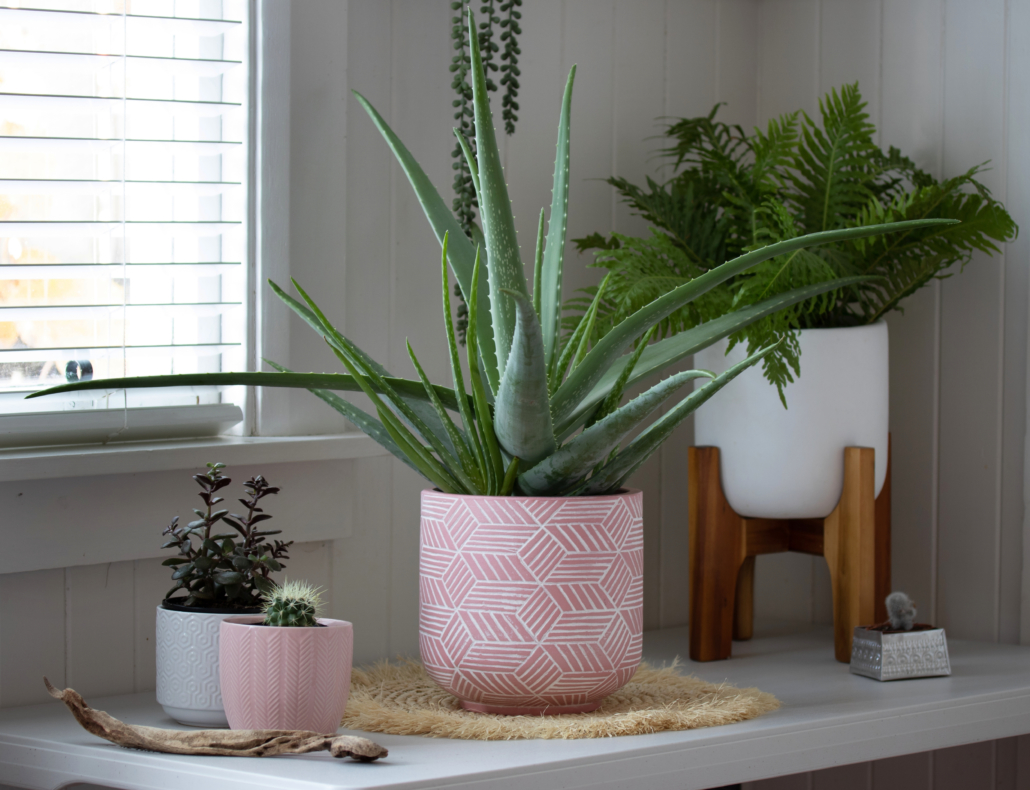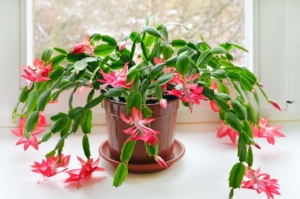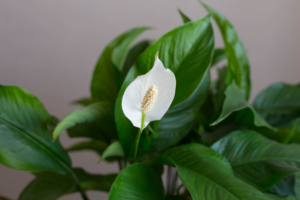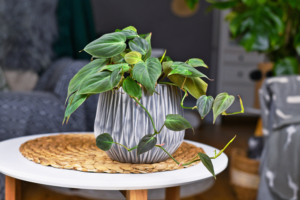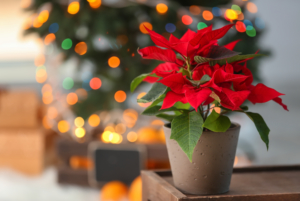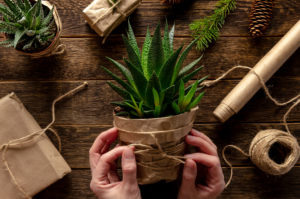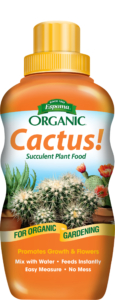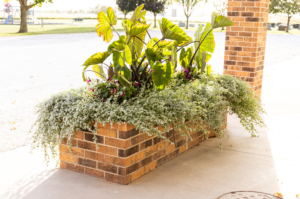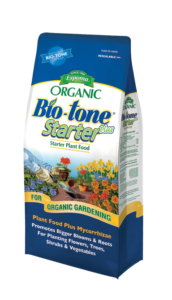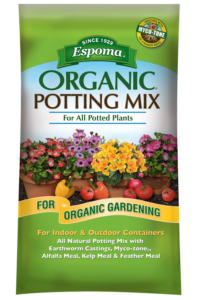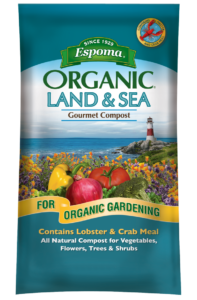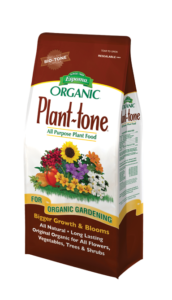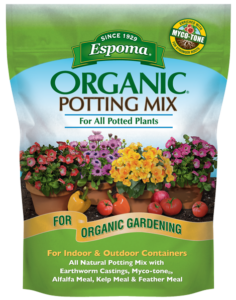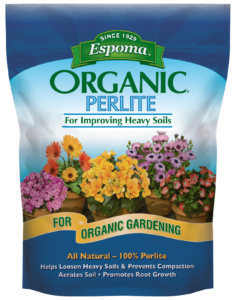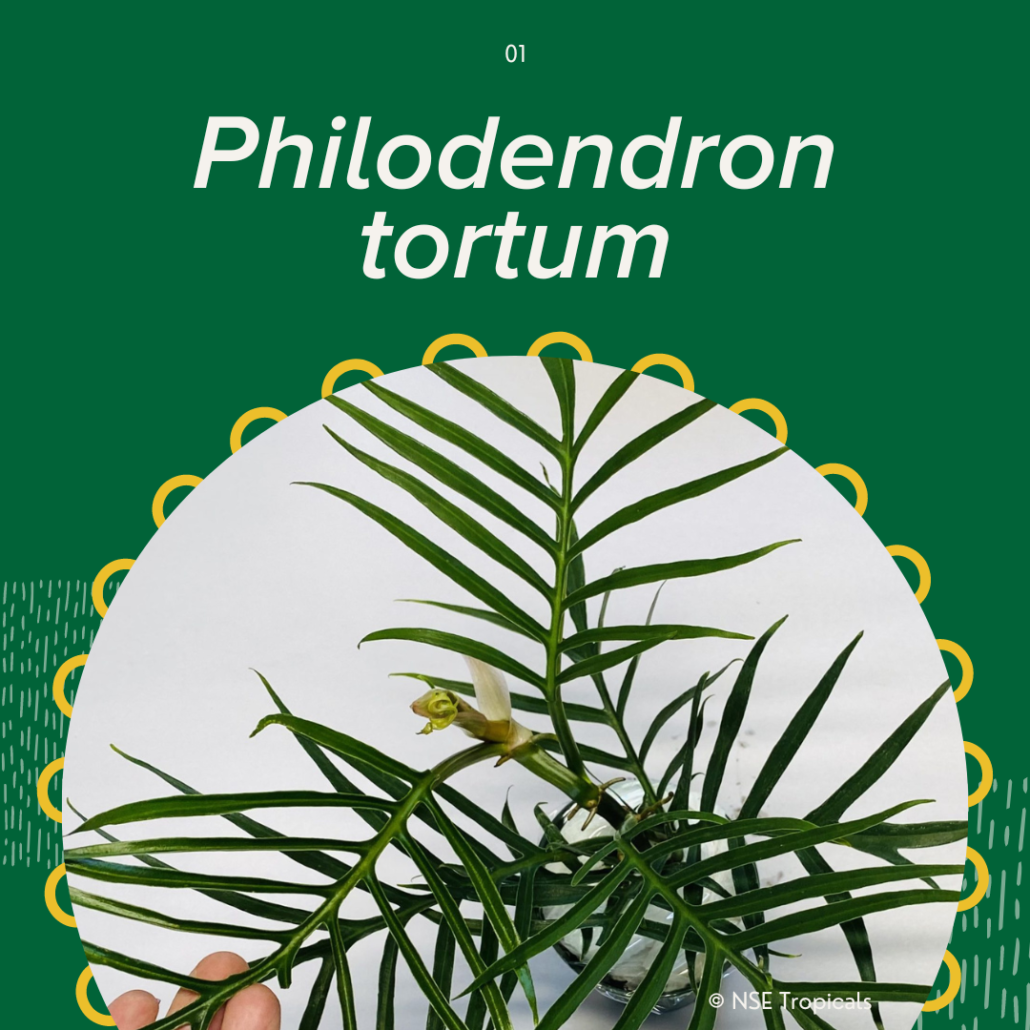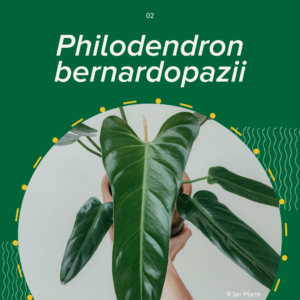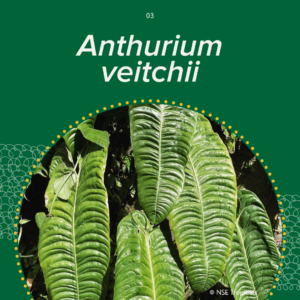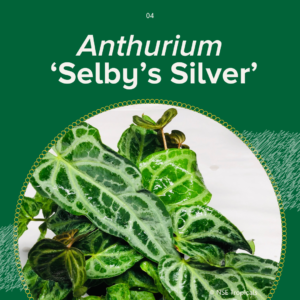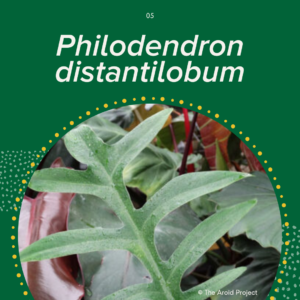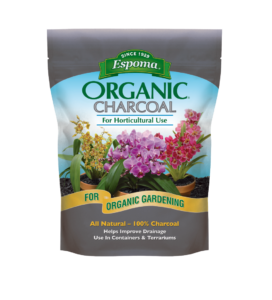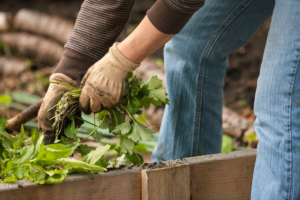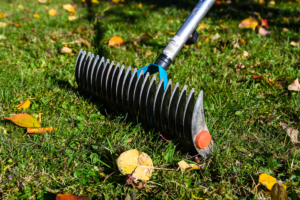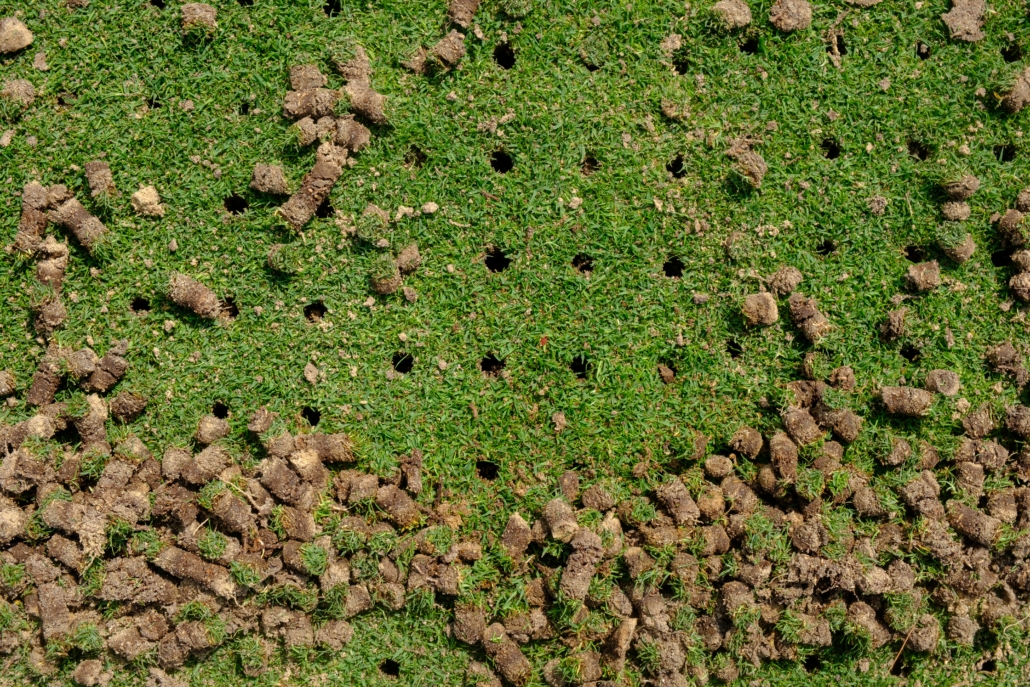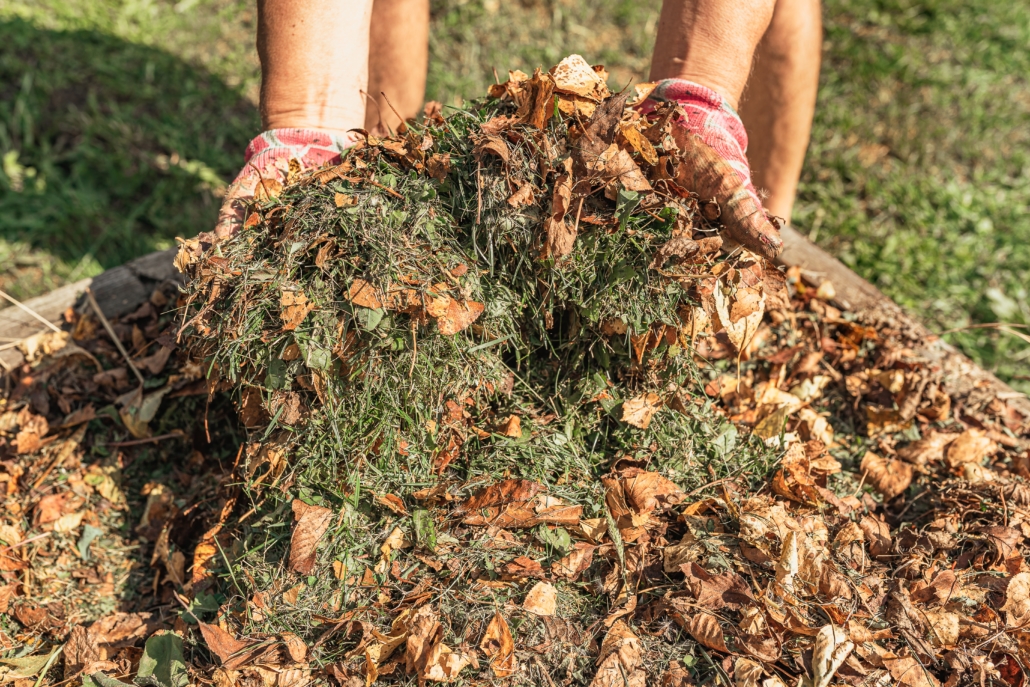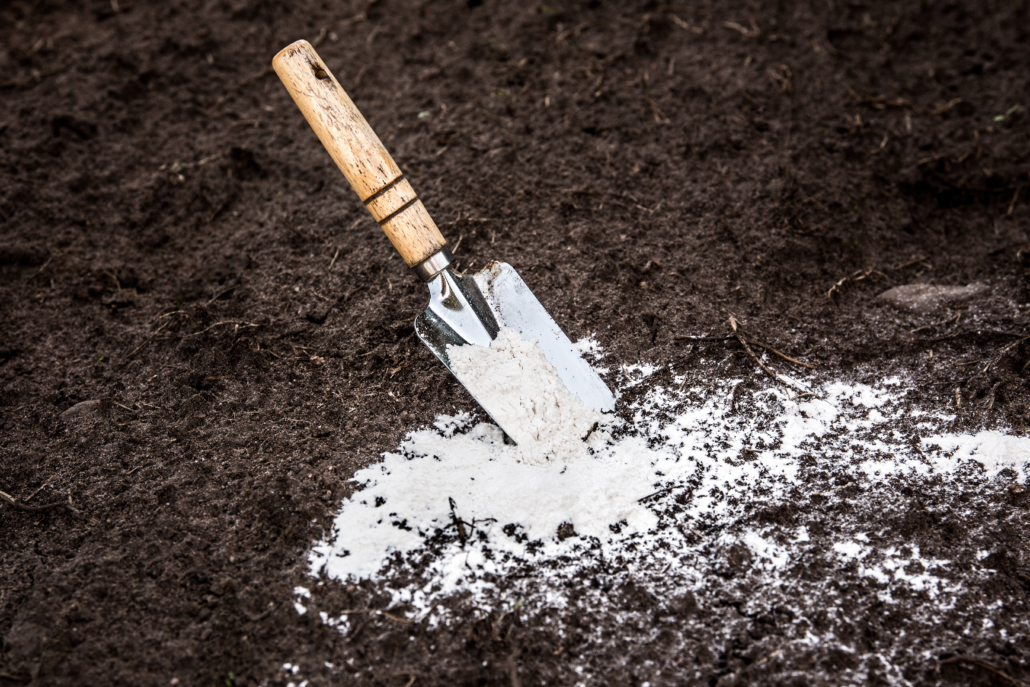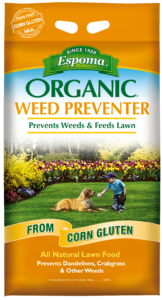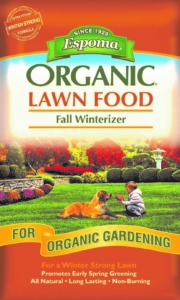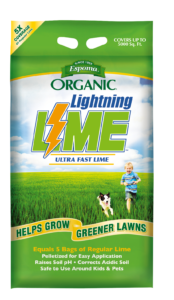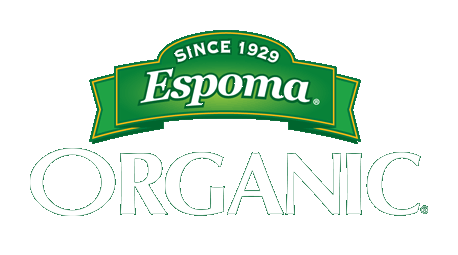Plant-Centric Picks for Decking Your Halls This Season
Looking to liven up your space in the cold of winter? No matter what your interior style is, incorporating plant-centric decor is the best way to make your home look and feel festive, fresh, and fragrant. You might even develop some new holiday traditions with these merry and bright ideas. Go beyond boughs of holly this season, and try out these suggestions for decking your halls, hearth, and home!
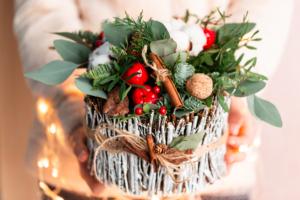
For a Merry Mantel
If you have a mantel, now is the time to take advantage of it! A decorated mantel is classically festive, and even the simplest touches can help your space feel extra cozy.
Hanging a locally-created wreath above the mantel is a simple yet charming way to spread some holiday cheer. Wreaths come in many different shapes and varieties, so visit your local tree farm, farmers market, independent garden store, or florist to find something that suits your space.
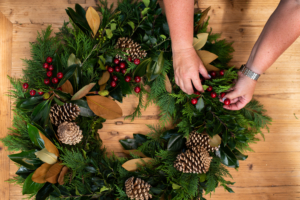
Garlands are another classic option for the mantel, and that’s because they provide so much room for customization. Build your garland by blending together clippings of your favorite evergreens, holly, and red berries to create a design as simple or decadent as you wish. Plus, if you’ve been using Espoma Organic Evergreen-Tone on your trees and shrubs, your evergreens will set you steps ahead in quality and appearance!
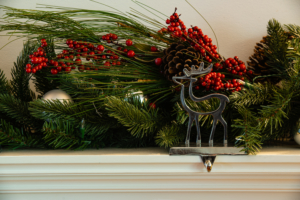
For a Spruced Up Table
Holidays are the season of hosting. Add a special touch to your gathering by gathering your own fresh and fragrant decor to festively set the table!
Peruse your backyard or local park for pinecones, and use them to create a centerpiece for your dinner table. The key to a strong centerpiece is to create dimension without creating a distraction. Arrange your pinecones in a shallow dish with your choice of candles, pine sprigs, fresh cinnamon sticks, and small birch branches. P.S. If you’re feeling especially crafty, paint the edges of the pinecones white for a snow-frosted look!
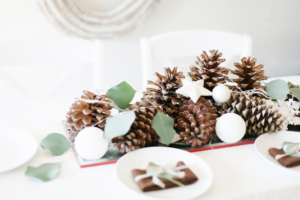
Eucalyptus is an evergreen native to Australia, famous for its fragrance, health benefits, and appearance. It’s also an easy yet classy option for a centerpiece! Trim your eucalyptus houseplant or shop your local garden store for fresh branches, then create a layered arrangement with real or artificial winter fruits. Pomegranates, pears, apples, or cranberries are all great options! Warning: eucalyptus can be toxic to cats and dogs, so be sure to keep this arrangement out of reach if you have pets.
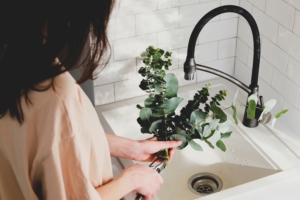
For a Holly Jolly Home
The lights have been strung, the mantel’s been decked, and the table is set… holiday decor transforms a house into a home! To wrap things up, here are some final plant-centric decorations to jingle the holiday spirit into any room.
Opt against an artificial tree and forage for a branch that can fill its spot. A Charlie Brown Christmas, anyone? This decor option isn’t for everyone, but with a little white or gold spray paint, an elegant jar as a base, and a few ornaments, the simplest backyard branch can transform into a classy decoration.

Has your holly tree been thriving thanks to Espoma Organic Holly-Tone? Incorporate that beautiful growth and upgrade your ambient lighting by wrapping sprigs of holly around LED candles using twine or decorative ribbons! You can also mix in eucalyptus leaves for a more well-rounded look. Stagger the height of the candles and arrange in groups on countertops, coffee tables, desks, or any surface that needs a little cheer.

*****
With these decor suggestions, your space is sure to feel merry, bright, and fresh for the holidays. Have a festive plant-centric decor idea that we missed?
Share it with us on our Facebook page
Or on our YouTube Page
Tag us on Instagram!
Featured Products:

